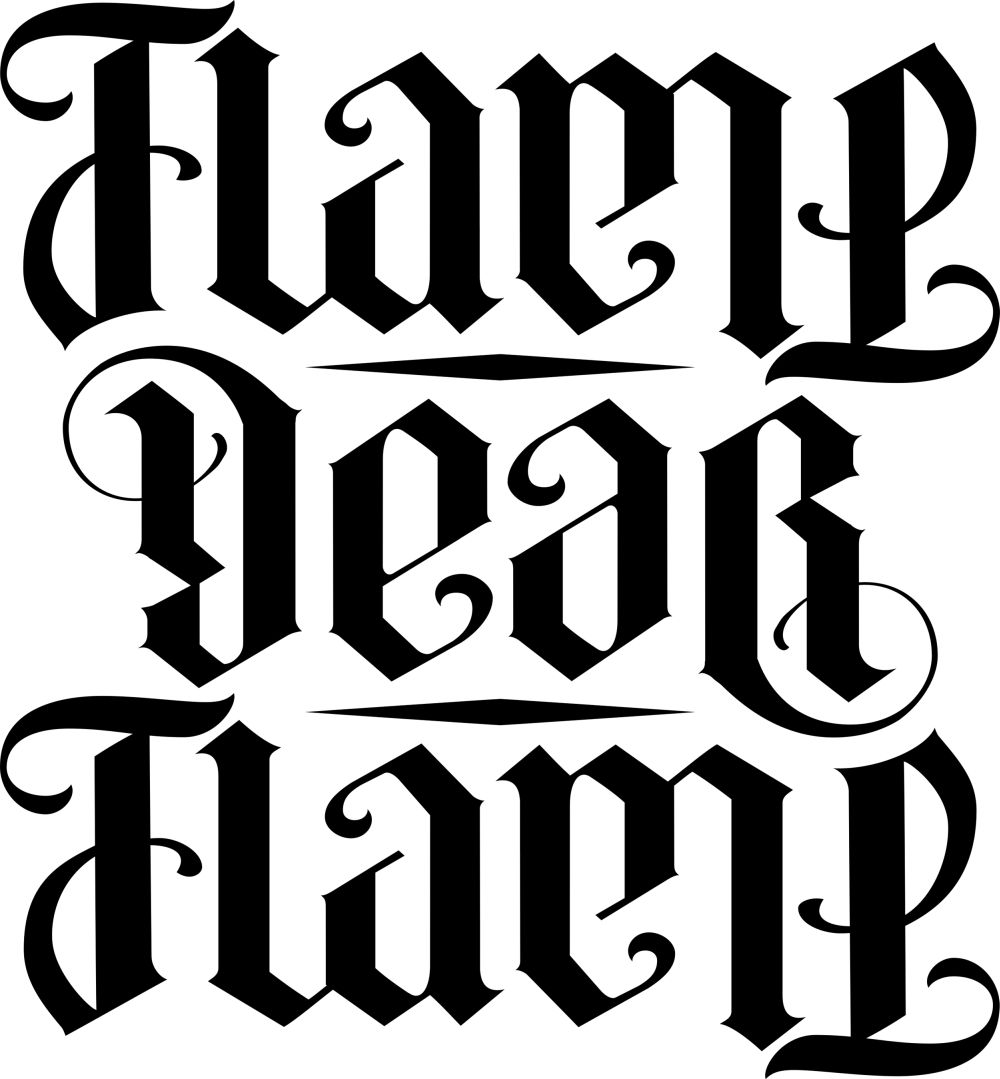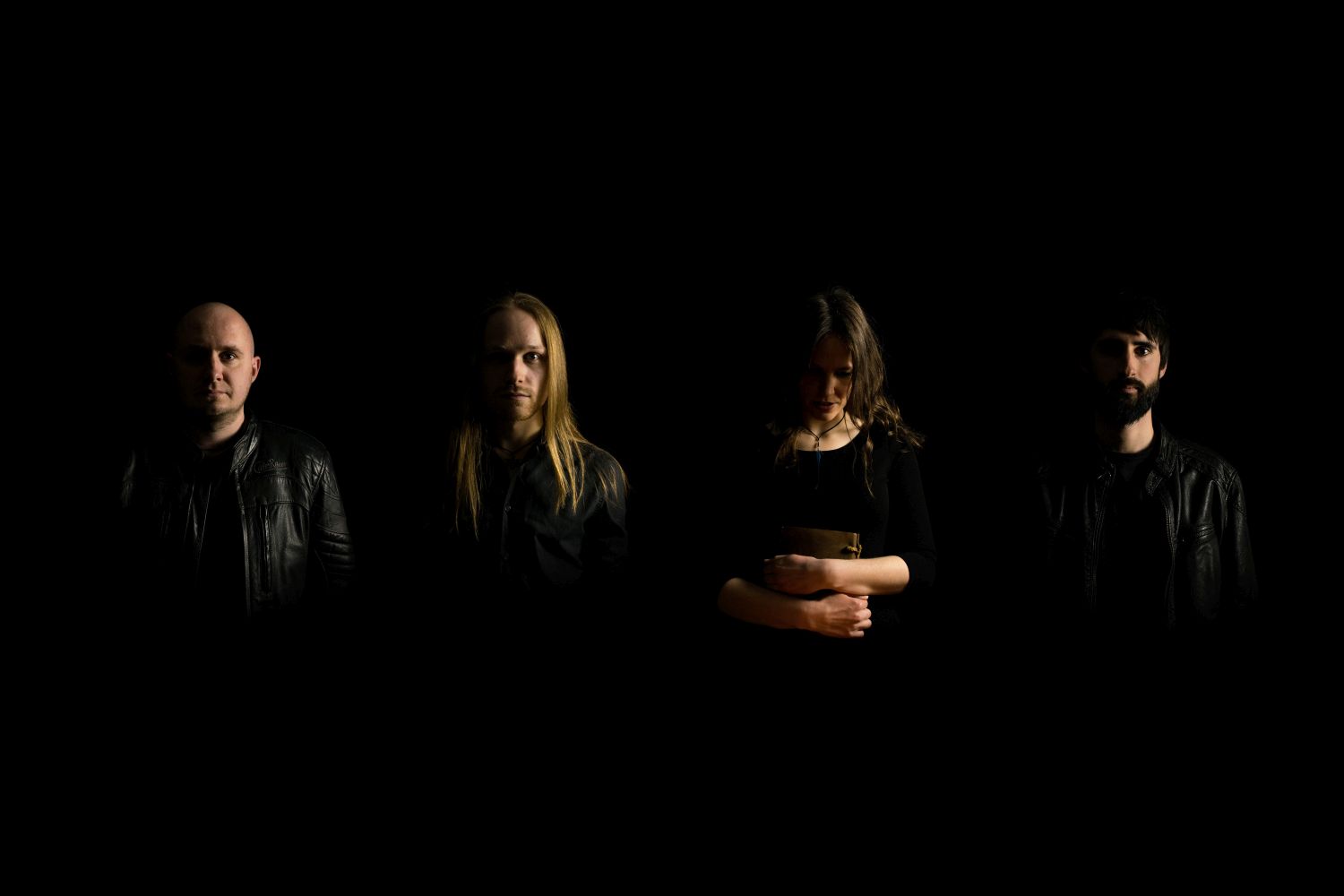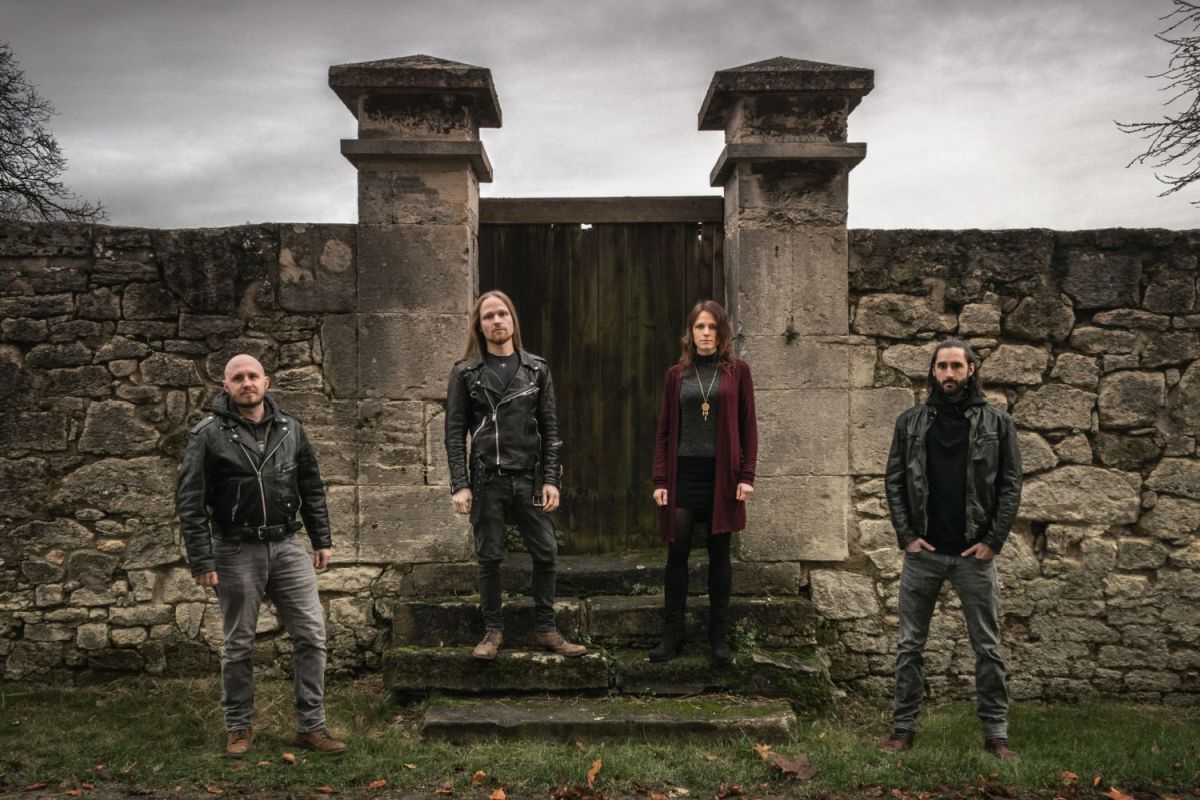
 First of all, congratulations on your debut album, please tell us the story of the band and why did you choose to play doom metal?
First of all, congratulations on your debut album, please tell us the story of the band and why did you choose to play doom metal?
David: When our vocalist Maren and I started making music, we experimented with acoustic covers of well-known songs - Styx, Wishful Thinking, Pink Floyd and the likes. We recorded some bits and pieces, and the combination of slow, heavy guitars with Maren’s floating vocals struck us as interesting. My brother Jonas and long-time friend Jan came aboard and we started writing the first songs and, just as importantly, the narratives that they are supposed to transport. This was the birth of ‘The Millennial Heartbeat’, some time in 2017.
What emotions can we find in your new songs?
Jan: Although of course the “physical” songs are the same to every listener, based on their personal story and situation, I feel like every person will have a different access to our music and let’s say different kinds of glasses they are looking through. Different people will connect our music with different emotions, but to me that’s the beauty of music - and art in general. With that said, I may give a glance on what we felt and had in mind when writing the two parts of “Aegis”: The narrative of “The Millennial Heartbeat” comprises a temporal and evolutionary context that is typically beyond what we can perceive and understand as humans. Thinking of something so vast and powerful triggers a form of humility towards nature and its inevitable events in me. And somewhere below that, a subtle consciousness of us being a rather small part within these forces and dimensions. The second story “The Wolves And The Prioress” is more personal, and so are the emotions we encounter here. It reveals an inner conflict about fear, anxiety, and courage.
What were the inspirations for your new creations?
David: For “The Millennial Heartbeat”, Jonas and I tried to find a common ground before starting the songwriting. He has a background in Black Metal, while I’ve always leaned more towards traditional Heavy Metal. An album we both liked since our teenage years was Bathory’s ‘Hammerheart’, so that was a big inspiration for the musical direction on those first three songs. For “The Wolves and the Prioress”, the story we wanted to tell was a very different one, and we leaned on acoustic guitars to convey the feeling of being close to nature.
Would you be so kind as to explain what every song is all about?
David: The first three songs under the common title “The Millennial Heartbeat” tell the story of a lifeform that has emerged from the ocean and populates the land. A cycle of evolution begins, each generation standing on the shoulders of the giants who came before them, until eventually, the time of this lifeform comes to an end, possibly to begin a never-ending cycle.
“The Wolves and the Prioress” tells a story that is focused on characters and thus a lot closer and more personal, which I think you can clearly hear in the music. We are following a feral child, which has been raised by beasts in the forest, and falls into the custody of a sage prioress. This prioress takes a deep interest in the child, tries to understand it and communicate with it, while the other monastics are afraid of what they take for a devil’s spawn. The songs deal with the interesting dynamics of rational fear, irrational anxiety, and the absence of both of these, which is functionally similar, but structurally different from bravery.
Why did you choose to split the material in two different parts?
Jan: This was less a prior decision than something that came along during the writing process. As David said before, the two narratives of “Aegis” are thematically independent and thereby already create a natural split between them. With the three, and respective four, parts of the stories we felt that both pieces have enough room to breathe yet are coherent within themselves. Making them any longer or shorter would have felt wrong to us.
Is It hard to write a concept album?
Jan: Although I did not consider “Aegis” a conventional concept album by myself yet, I do understand where this attribute may come from. From that perspective, “simply” writing a full concept album in one piece from scratch sounds pretty massive, and maybe even a bit intimidating. I guess some things might become easier, while others can become more challenging with that approach. However, with “Aegis” we basically came from another side. We had the concepts of two narratives but did not force either of them to be of certain length. We let both narratives evolve to the point where we felt them to be completed, and this is what you will find on “Aegis”.
The production is very good, did you have a nice time in the studio?
David: I’m glad you like the production. We have not been to a studio, but recorded the whole album in our rehearsal room and mixed it ourselves, with Greg Chandler of Priory Recording Studios doing the final masters. “The Millennial Heartbeat” was recorded back in 2018, and we started recording “The Wolves and the Prioress” in early 2020, right before and during the start of the Corona lockdown, which forced us to shuffle quite some plans around. It’s great to be able to record an album at your own pace, as compared to a studio where you only have a set amount of time and every minute is precious. On the other hand, it was a lot of work and it was tough to juggle both the technical and creative things at once. Having an experienced engineer at your side surely helps here, so we’ll see how we’ll decide next time around.
 What can we expect from your next album, will it be in the same line with your latest?
What can we expect from your next album, will it be in the same line with your latest?
Jan: We just started sketching basic ideas and concepts on what we associate with a future Flame, Dear Flame release. This includes of course stories, but also atmospheres we’d like to find ourselves in, and some more or less elaborated riffs and melodies. As these are just the first steps towards a new release, it’s hard to tell where this journey will finally take us and how that will sound and feel like. We try not to put any limitations on us here, but I guess some main pillars of the band’s character are rather easy to grasp and are likely to follow us on this path.
What hobbies do you have besides music? And by the way, what are your favorite musicians?
David: Music of course takes up a lot of room, and playing in a band like Flame, Dear Flame has so many facets that I could probably spend all day with it. Besides that, I am passionate about video game development, and was lucky enough to make this passion my profession as well. It’s impossible for me to name my favourite musicians, but just to name some bands that had a large impact on me personally: Solstice, Manowar, Rainbow, Jethro Tull, Trouble, Warning, lately Lunar Shadow and Grendel's Sÿster (I need an album here, please!).
The cover illustration is interesting, whose ideas were those and what do they mean?
Jan: Thanks for pointing the illustrations out! The cover artwork was done by Kodex Barbaricus. To our delight, he managed to comprise seven elements into this coherent depiction – one element for each song on the album. Along with the lyrics you can find a further unique depiction of every element in the booklet. Those were drawn by Karmazid. The seven elements itself were picked by us: We sat together as a band and thought of symbols that would represent the different songs and their meaning to us. Looking at it now, I feel very happy and pleased about what Kodex Barbaricus and Karmazid made out of these ideas.
In the end, you have the final word for all our readers…
Jan: Thank you very much for supporting Flame, Dear Flame and especially for all the positive resonance you are giving us. We appreciate that! Stay safe, stay sane.
Interview by Ionut Dimitriev
Answers by David Kuri (guitars) and Jan Franzen (drums)
November 2021